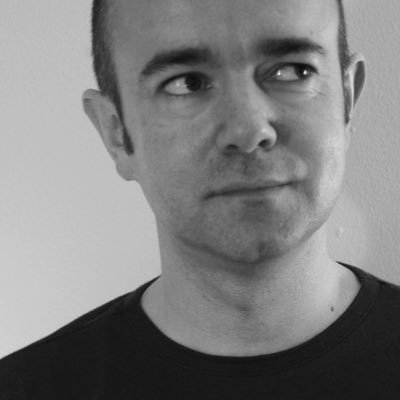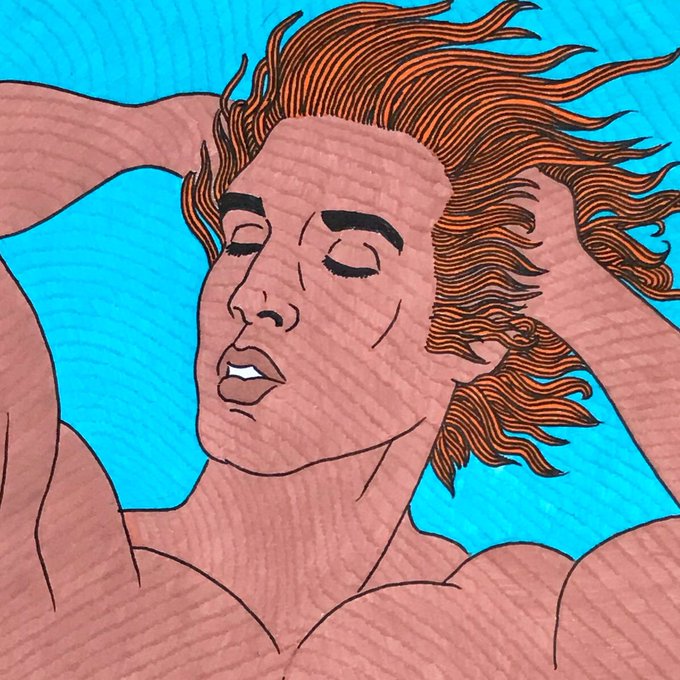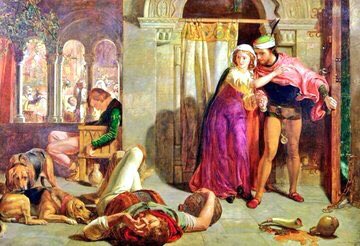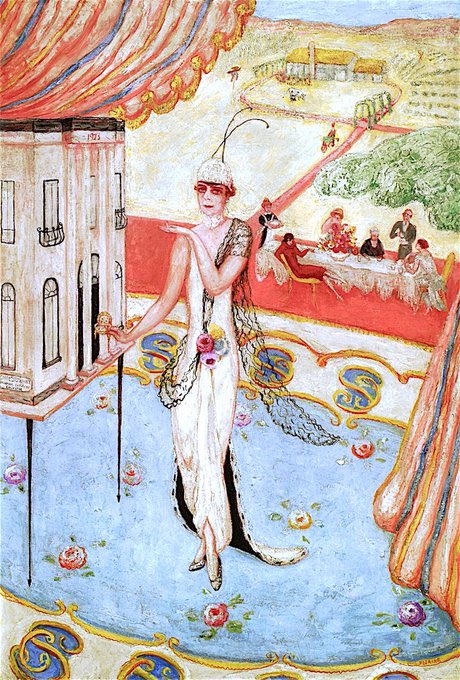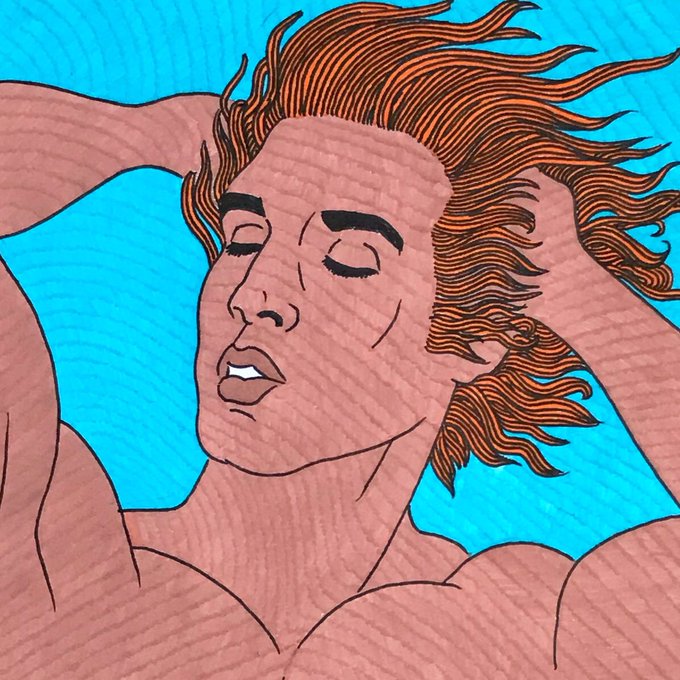One of my favourite aspects (as a woodland ecologist) of Brueghel’s work is his intimate knowledge of sylviculture where you can see pollarding, coppicing & other tree management. These were to provide poles, timber, wattle & foliage for hay. The Gloomy Day (1565)
The Adoration of the Kings (1556-62) & Death of the Virgin (c1564). The former is unique in his work in being a figure led image. Soldiers are a reference to the troubled times in the Low Countries. There is no attempt to idealise - he wanted his viewers to relate to the stories
Hunt also portrayed his contemporaries such as his PRB friends Rossetti (1853) & Millais (1853). Also shown is Edward Lear (1857). The latter is almost hallucinatory in its scrutiny.
Academic artists were obsessed with creating ‘history paintings’ which were the conceptual art of their time. Hunt has left us a number of these highly strung dry works including Rienzi (1848) & Eve of St Agnes (1848). More sympathetic is his Bloodhound study of the same year
Much of her work has a sense of humour. Spring Sale at Bendel’s (1921), Marcel Duchamp & Rrose Sélavy (1923) & Her Sister Carrie (1923)
She saw the Ballet Russes in Paris in 1912. This inspired her to write her own works & design revolutionary clothes for her story that included the new-fangled cellophane material. She was pushing all kinds of barriers aside. Designs (c1912)
Stettheimer painted a revolutionary self-portrait in 1915, aged 45. This was her bold statement of belief & unprecedented. She is expressing her own agency & belief. Family Portrait (1915), Flowers (c1915), Jenny & Genevieve (1915-6) & Nude Self-Portrait (1915)
